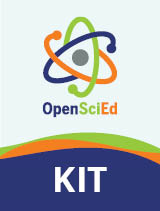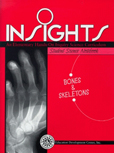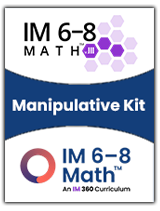Search Listing Name
product:
OpenSciEd Unit 7.4: Photosynthesis and Matter Cycling Spanish Student Edition
OpenSciEd Middle School science program addresses all middle school NGSS standards. This comprehensive science curriculum empowers students to question, design, investigate, and solve the world around them.
- Phenomenon Based - Centered around exploring phenomena or solving problems
- Driven by Student Questions - Storyline based on students’ questions and ideas
- Grounded in Evidence - Incremental building and revision of ideas based on evidence
- Collaborative - class and teacher figure

product:
OpenSciEd Chemistry + Earth & Space Unit 3: Molecular Processes in Earth Systems Consumable Kit
Extend hands-on science learning in your classroom with aligned manipulative k
product:
Global Science: Earth/Environmental Systems Teacher Edition + 6 Year License
Global Science, 9th Edition, focuses on the importance of sustaining Earth’s systems. Students will be able to learn about:
- Our Earth
- Life
product:
Anchored Science Unit 6.3: Nutrition and the Chemistry of Digestion Teacher 3 Year License
Anchored Science by Mi-STAR is a comprehensive middle school science curriculum driven by a bold vision for the future, where science isn’t just a subject but a powerful, integrated body of knowledge that equips students to tackle today’s pressing societal challenges. This curriculum harnesses the full potential of the Next Generation Science Standards, empowering students to actively engage with science and engineering practices. They’ll move beyond the classroom, using their skills to solve

product:
Insights: Grades 4-5 Bones & Skeletons Student Science Notebook
At the start of this module, students are given a mysterious gray object: an owl pellet. They examine it and find many small bones inside. Three questions, "What are bones?", "Whose bones are they?", and "Where do they come from?" focus the investigations.
Learning experiences that explore human bone groups, teeth, and joints, as well as the skeletons of other animals help students develop an understanding of bone structure and its relationship to function.

